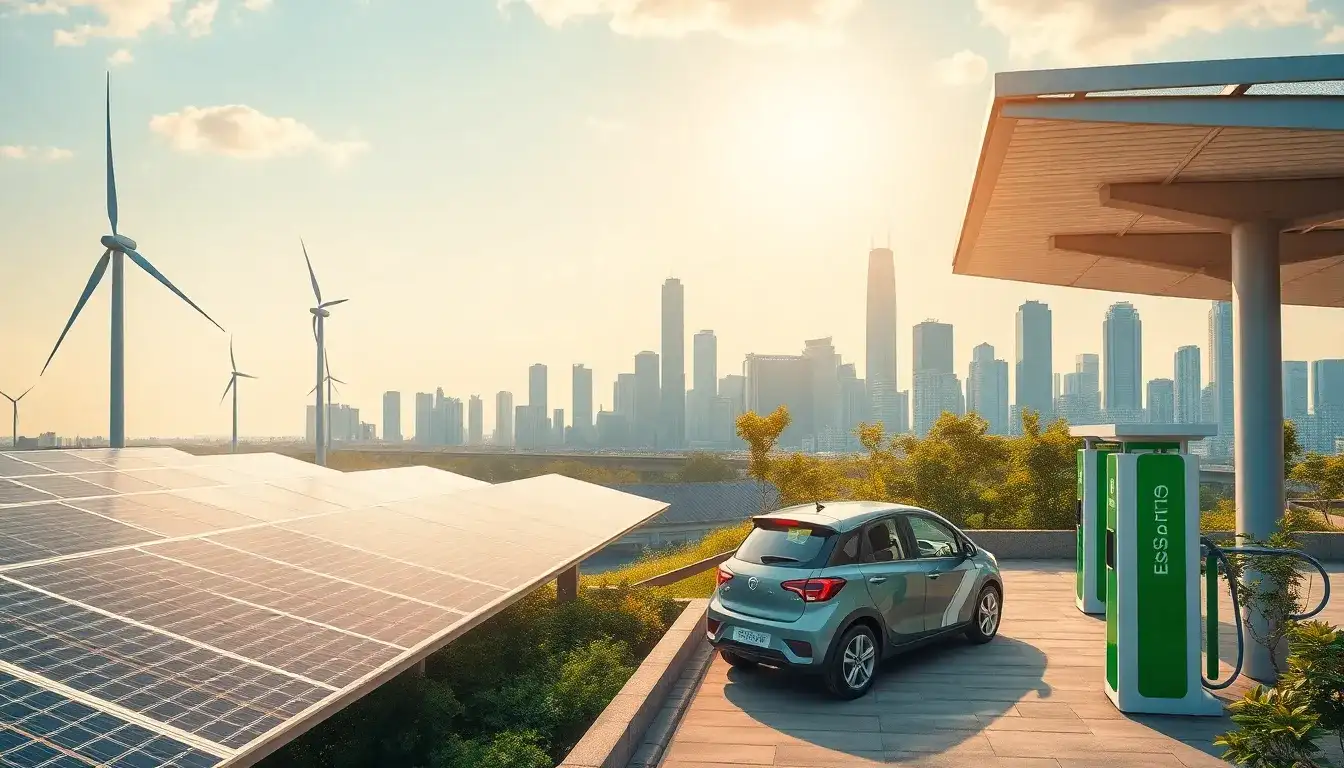
Overview: The development of new energy sources, particularly in the context of the “Rise Up” initiative, is gaining significant momentum. The integration of advanced technologies and the collaboration of enterprises are essential for promoting this sector. As of March 24, 2025, new energy development is a focal point in China’s energy strategy.
On March 20, during the 11th China Energy Development and Innovation Conference held in Beijing, the theme was “Innovating the Energy System for a New Era.” Experts from the energy sector gathered to discuss strategies to accelerate the transition to renewable energy. The emphasis was on establishing a robust energy system that can replace traditional resources with sustainable alternatives.
From 2020 onwards, China’s renewable energy capacity has seen consistent growth, with projections indicating that by 2024, the country could add approximately 18.89 billion kilowatts of new energy capacity. This would account for 56.4% of the total energy generation capacity of China. Wind and solar energy generation is expected to reach 14.07 billion kilowatts, exceeding the target of 12 billion kilowatts set for 2030.
China’s renewable energy sector is also set to expand significantly, with new energy generation expected to reach 3.7 billion kilowatts by 2024. This growth is accompanied by an increased power generation capacity of 3.47 billion kilowatts, marking a 17.6% increase compared to previous years. The rapid advancement in renewable energy technologies is highlighted by the increased electricity supply and the growing importance of energy security.
The current energy landscape reflects a shift towards a more sustainable and eco-friendly approach, with hydropower regulations and total energy consumption being closely monitored. To ensure that by 2030, non-fossil fuel energy consumption reaches 25% of the total energy mix, a substantial increase in renewable energy supply is required.
As the renewable energy industry matures, there is a significant need for enhanced collaboration between sectors to establish a comprehensive energy system that effectively integrates renewable resources. This includes the promotion of electric vehicles and the establishment of a shared energy platform that can facilitate the transition to sustainable energy sources.
China’s commitment to renewable energy is evident through various initiatives aimed at reducing reliance on fossil fuels. The goal is to establish a balanced energy portfolio that includes wind, solar, and hydropower, to meet both domestic and global energy demands. Efforts are underway to foster innovation and technological advancements that will enhance energy efficiency and sustainability.
The path forward requires a collective effort to address challenges such as resource allocation and ensuring energy security. As the world moves towards a greener future, the emphasis on renewable energy as a primary energy source is becoming increasingly clear.
In conclusion, the future of China’s energy landscape is promising, with a strong push towards the development of new energy technologies and sustainable practices. The ongoing initiatives are expected to drive significant advancements in the energy sector, ensuring a healthier and more sustainable environment for generations to come.







